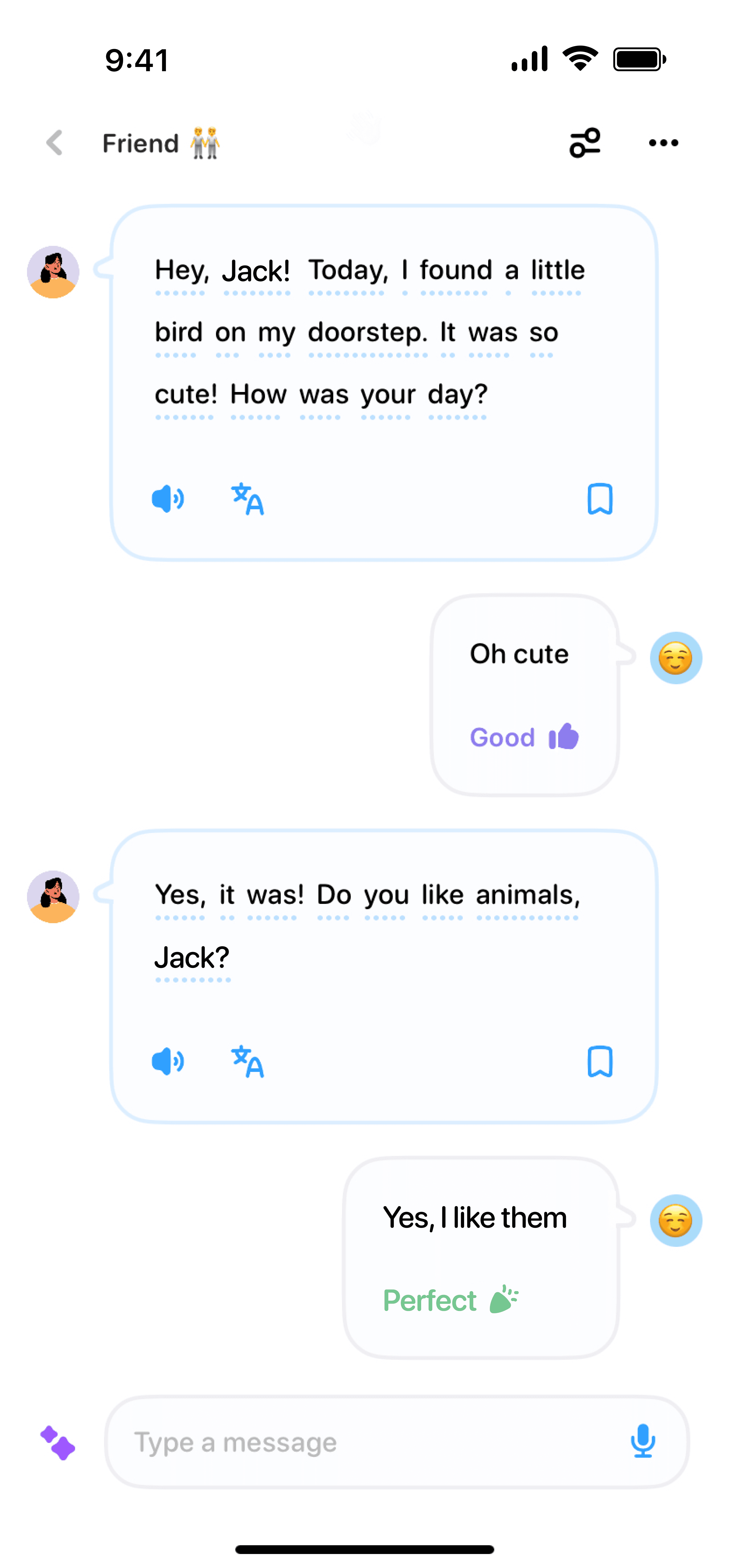04/14/2024
·
Emma Robbie
Have you ever been fascinated by the language of legendary tales like Beowulf or historical texts from the Anglo-Saxon era? If you've been wanting to dive into Old English learning, you're in the right place! Though it might seem like a challenging task, learning Old English—or Anglo-Saxon—is entirely possible with the right approach. Here, we will outline some simple steps to get you started on your journey.
Step 1: Start with the Basics
Before you can read epic poems mid you more fluent, it's crucial to get a grip on the fundamentals. Begin by familiarizing yourself with the Old English alphabet and pronunciation. Unlike modern English, Old English has characters that might seem unfamiliar. Some of these include:
Þ (thorn) - Makes a "th" sound as in that.
Ð (eth) - Also a "th" sound, but softer, as in this.
Æ (ash) - Sounds like the 'a' in cat.
Practice these sounds until you're comfortable. Phonetic familiarity is the first step in Old English learning.
Step 2: Build Your Vocabulary
Now that you're familiar with the pronunciation, it’s time to start building your vocabulary. Focus on common words and phrases that can help form the foundation for your Old English practice. Some simple words to get started include:
Hwæt - What
Ic - I
Se, Seo, þæt - The (masculine, feminine, neutral forms)
Hūs - House
Cyning - King
Using flashcards can be an effective way to remember these words. Over time, integrate them into simple sentences to practice both comprehension and pronunciation.
Step 3: Dive into Simple Texts
Once you're comfortable with basic words and sounds, it’s time to dive into simple texts. Start with shorter passages or poems that give you a sense of sentence structure and flow. Websites and online resources often provide parallel texts—a passage in both Old English and modern English—to make the learning process smoother. Try copying out the texts by hand to help internalize the structures and phrases.
Step 4: Grammar and Conjugation
Next, tackle the grammar. Old English has a complex grammatical structure, with cases, genders, and verb conjugations that differ substantially from modern English. Start slowly:
Nouns: Learn the cases (Nominative, Accusative, Genitive, Dative) and how they affect noun endings.
Verbs: Understand strong and weak verbs and their past tense conjugations.
Pronouns: Old English uses a variety of pronouns that change based on case and number.
Consider using a reputable grammar guide to help you along. Don’t rush; take the time to understand and practice each new concept thoroughly.
Step 5: Engage with the Old English Community
Learning a new language becomes more enjoyable and effective when you share the journey with others. Join forums, discussion groups, or online classes dedicated to Old English learning. Engaging with a community allows you to practice by both giving and receiving feedback.
Additionally, listening to Old English spoken aloud—whether through online recordings or community readings—can drastically improve your understanding and pronunciation.
Step 6: Consistent Practice and Application
The key to mastering Old English, as with any language, lies in regular practice. Dedicate a slice of your daily schedule to study and review. Read Old English passages, write simple texts, and even try to think in Old English. The more you immerse yourself, the more natural it will feel.
Remember, the journey to learning Old English is a marathon, not a sprint. Celebrate small victories along the way, and enjoy the rich history and literary beauty that comes with understanding this ancient language. Happy learning!



